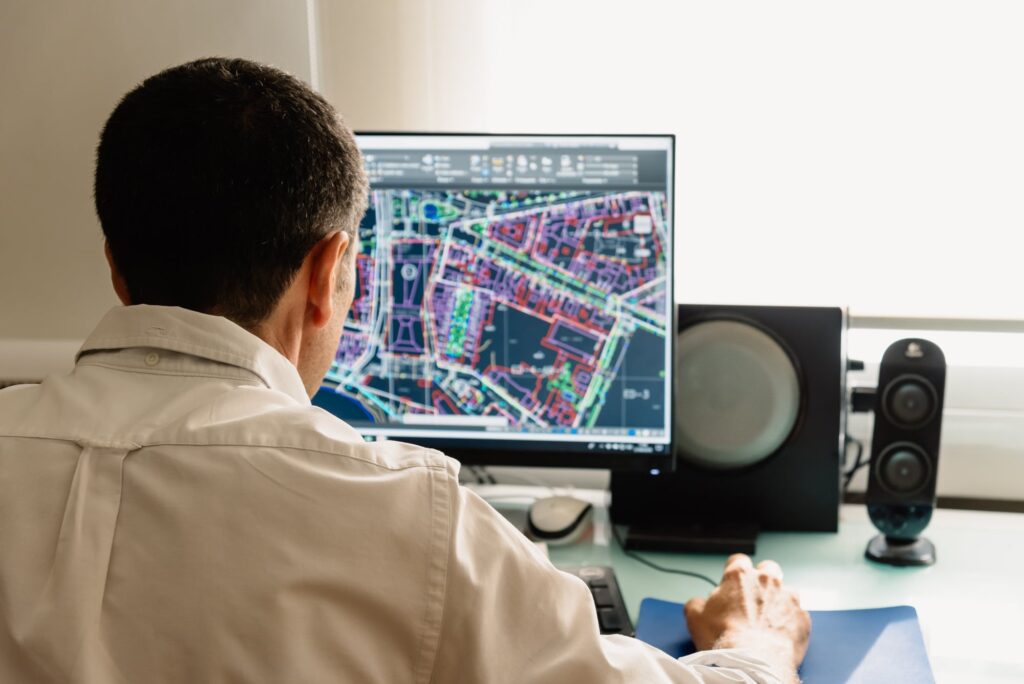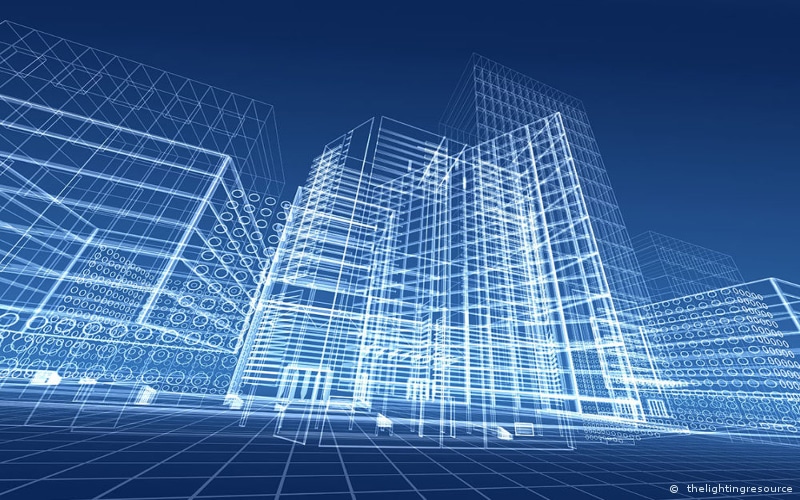In the digital era, the most advanced technologies like business information modeling (BIM) are shaping many industries, namely construction, engineering, and architecture.
BIM has such a potential that it’s being used across numerous industries for its ability to provide relevant, timely, and accurate data during the design, development, and construction phases.
Additionally, BIM can also be used to gather accurate data throughout the lifecycle of facilities. In construction, contractors use BIM to manage the operational phase of a facility’s lifecycle, but this is just the tip of the iceberg.
Facility managers are always looking to step up their game when it comes to effectively managing facility operations.
According to the recent reports, 95% of building owners will adopt BIM for new construction in the next few years. There’s a reason why facility managers are racing to adopt BIM.
BIM-based solutions can help to not only monitor the entire building lifecycle but, every single aspect of building processes and operations.
This is a practice that includes utilizing, maintaining, and creating precise and accurate building data to manage the maintenance and operations of facilities during their lifespan. There’s a huge value in this for facility managers.
Let’s see how they can benefit from all this enhanced data.
5 Main benefits of BIM Facility Management
Here are some of the biggest advantages that BIM offers for facility managers.
1. Improved space management
Facility managers are required to fully and completely understand every single detail of how space is used in a certain facility.
They can use such details to reduce real estate costs and expenses and vacancy. BIM models can read area and room data to provide valuable insight to significantly help improve space management.
BIM facility management helps to improve the way space is used in a facility by analyzing all relevant data in BIM models.
2. Streamlined maintenance
Many facility managers struggle with the great challenge of developing an effective maintenance program. This is where BIM for facility managers can be of assistance.
Facility managers and building owners can use BIM to include asset and product data in the maintenance program to develop much more effective and preventative maintenance.
This valuable data is safely stored in BIM models, and through the process of streamlining maintenance, facility managers can reduce the time, cost, and efforts it takes to accurately populate maintenance programs.
3. Energy efficiency
Analyzing and comparing various energy alternatives is one of the essential tasks of facility managers. This goes especially for green buildings and facilities where reducing environmental impacts plays a crucial role in the wellbeing of everyone involved.
BIM can help with energy efficiency, reduce operating costs and environmental impacts, and effectively analyzing and comparing all the parameters and key metrics regarding energy and consumption of energy.
This is especially important when it comes to energy savings and costs, as BIM can help facilitate various system retrofits and facility improvements. BIM is an effective tool to fully optimize facility maintenance, performance, and lifespan.
4. Renovations and economical retrofits
Representing every aspect of a facility in 3D isn’t a simple task at all, but thanks to a living BIM facility management model, facility managers get an effective means to do so. They can use this real-time model to gather valuable data about every aspect of a facility such as:
- Relevant details about retrofit projects
- The necessity and complexity of the facility renovation
- The cost of retrofit projects
- Information about existing conditions
This data can then be used to reduce the time, effort, and cost it would take to renovate and build retrofit projects. Dependable and more accurate data is of the greatest value to contractors.
Facility managers can use this BIM model to provide accurate data to contractors and avoid costly changes, uncalled surprises, and anything else that might affect the overall facility budget.
The main goal is to reduce costs of all retrofit projects and necessary renovations while improving as-built conditions.
5. Lifecycle management enhancement
Embedded data on replacement costs and life expectancy can help facility managers understand how BIM models affect their decision-making process. This is important when considering making long-term investments in systems and materials that would otherwise seem too expensive to an uneducated eye.
Most facility design professionals provide such data in BIM models, and this is one of the most important benefits of BIM facility management. By making these investments, facility managers aim to enhance facility management by getting better paybacks during the lifecycle of the facility.
There are so many expenses and costs to think about, and most of these costs can be avoided by investing in systems and materials that would improve the quality of life and wellbeing of people, as well as the lifespan of the facility in question.
These materials and systems may seem costly, but they are more durable, resilient, and guarantee better performance over time.
Then, there are ongoing capital improvement expenses to take into consideration. The embedded data is a valuable means to forecasting such costs and making the most of what facility managers have at their disposal.
Conclusion
BIM for facility managers provides significant benefits for various roles and challenges of facility management. It’s an abundant source of dependable and valuable data about the facility and its contents. Facility managers can save time, effort, and money on a daily, weekly, monthly, and annual basis by using BIM according to their specific goals.
BIM also offers improved data storage and real-time access to all valuable information regarding the facility in question. BIM models also allow for much greater accuracy in space measuring through the process of automation. Finally, facility managers can count on improved awareness of asset locations.
This is vital to solving any problem in a facility in a timely manner. BIM allows access to shared, real-time asset profiles to help improve facility asset management and maintenance.
To cut a long story short, BIM for facility managers helps these professionals gain control over every aspect of the facility, from operations to maintenance. This is an effective way to not only improve the quality of life but avoid any problems.




